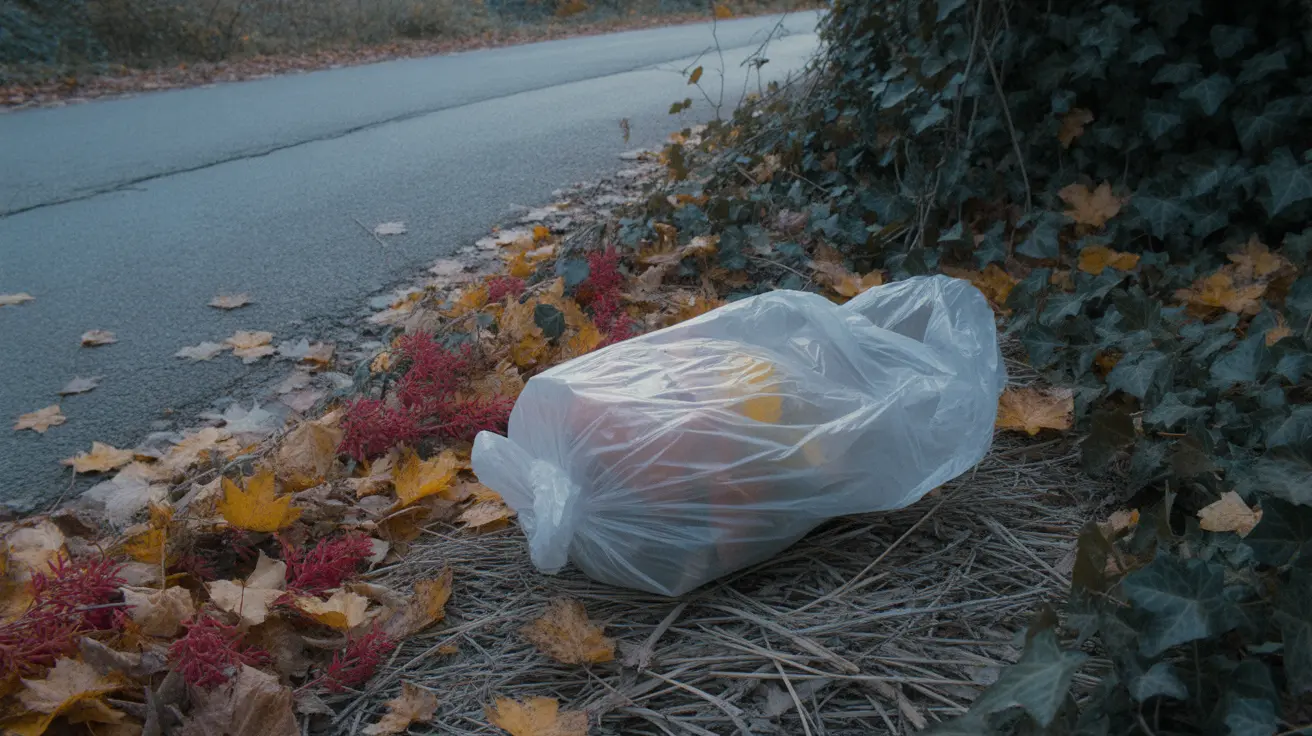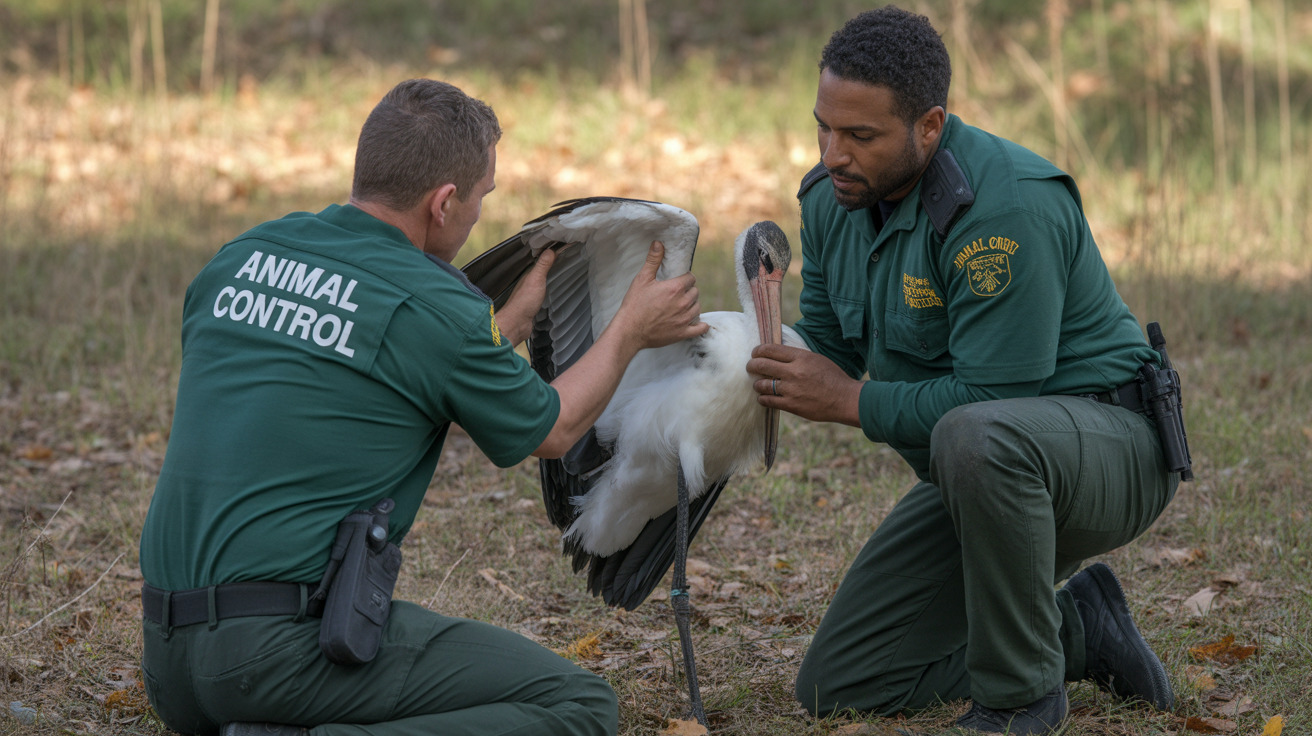As a pet owner, you may wonder about the safety of using Roundup and other herbicides around your furry friend. Understanding the risks of herbicide exposure and knowing how to protect your dog is crucial for their well-being. Let's explore everything you need to know about Roundup, dogs, and herbicide safety.
While Roundup's active ingredient, glyphosate, is generally considered to have low acute toxicity, exposure can still pose serious risks to your dog's health. From accidental ingestion to contact with treated areas, there are several ways your pet could be exposed to these potentially harmful chemicals.
Understanding Roundup and Its Effects on Dogs
Roundup, containing glyphosate as its main active ingredient, is one of the most widely used herbicides worldwide. When dogs come into contact with this chemical, whether through ingestion, skin contact, or inhalation, they may experience various adverse effects.
The severity of symptoms largely depends on the amount and type of exposure. While small exposures might cause mild gastrointestinal upset, larger doses can lead to more serious complications.
Common Symptoms of Herbicide Exposure
If your dog has been exposed to Roundup or other herbicides, watch for these warning signs:
- Excessive drooling and salivation
- Vomiting and diarrhea
- Lethargy and weakness
- Loss of appetite
- Difficulty walking or loss of coordination
- Skin irritation or burns
- Respiratory issues
Immediate Steps After Exposure
If you suspect your dog has been exposed to Roundup, taking quick action is essential:
- Remove your dog from the treated area immediately
- If skin contact occurred, wash the affected area with mild soap and water
- For ingestion cases, rinse your dog's mouth thoroughly (avoid water aspiration)
- Contact your veterinarian or pet poison control immediately
- Bring the product container or label to the vet if possible
Prevention and Safety Measures
Protecting your dog from herbicide exposure requires proactive measures:
- Keep dogs away from freshly treated areas for at least 24 hours
- Store herbicides in secure, pet-inaccessible locations
- Consider using pet-safe alternatives for weed control
- Always follow product label instructions carefully
- Keep your dog on a leash when walking in areas that might be treated
Long-term Health Considerations
While acute poisoning is more commonly reported, chronic exposure to herbicides may lead to long-term health issues. Some studies suggest potential links to kidney and liver problems, though more research is needed to fully understand these effects.
Frequently Asked Questions
Is Roundup (glyphosate) toxic to dogs if they lick or eat treated plants?
Yes, Roundup can be toxic to dogs if they ingest treated plants. While glyphosate has relatively low acute toxicity, the additional ingredients in Roundup formulations can cause significant gastrointestinal upset and other symptoms.
What are the symptoms of herbicide or Roundup poisoning in dogs?
Common symptoms include excessive drooling, vomiting, diarrhea, lethargy, loss of appetite, and difficulty walking. In severe cases, dogs may experience seizures, respiratory problems, or organ damage.
How long after exposure to Roundup should I expect to see symptoms in my dog?
Symptoms typically appear within 30 minutes to 2 hours after exposure, though they can develop up to 24 hours later. Effects may persist for several hours to days, depending on exposure severity.
What should I do if my dog gets Roundup or other herbicides on their skin or fur?
Immediately wash the affected area with mild soap and lukewarm water. Remove any contaminated fur or clothing, and contact your veterinarian for further guidance.
Are there safer alternatives to Roundup for use around dogs?
Yes, several safer alternatives exist, including:
- Manual weed removal
- Vinegar-based herbicides
- Corn gluten meal
- Mulching
- Steam or boiling water treatment
Always research pet-safe options and consult with your veterinarian about the safest choices for your situation.
Final Thoughts
While Roundup and other herbicides can be effective for weed control, the safety of our pets should always come first. By understanding the risks and taking appropriate precautions, you can protect your dog while maintaining your yard. When in doubt, always consult with your veterinarian about the safest weed control options for your specific situation.






